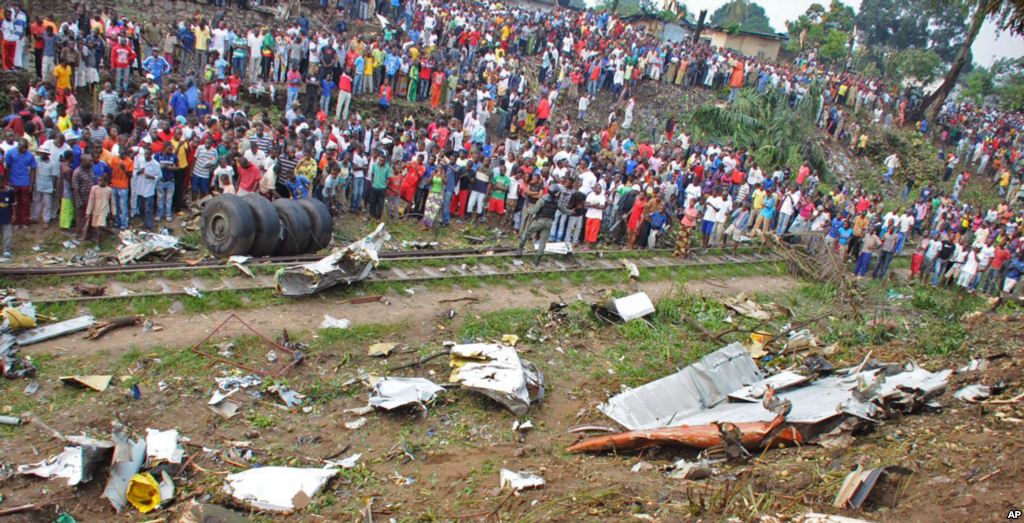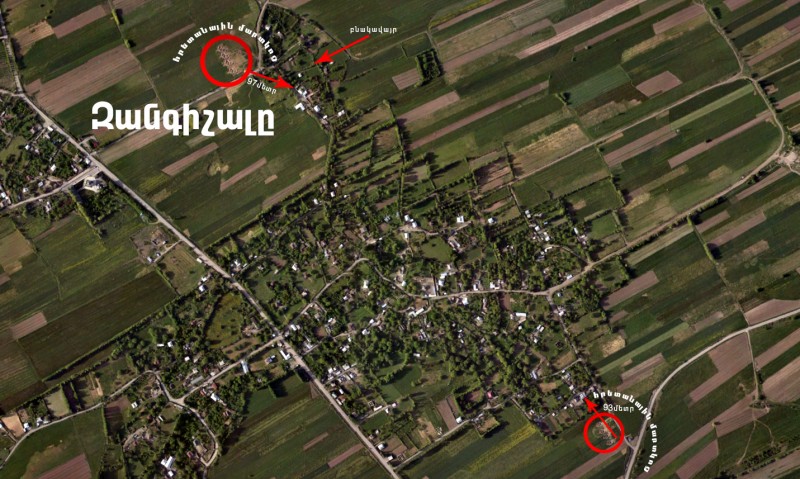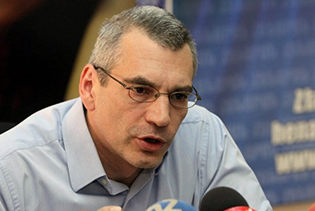YEREVAN — Armenia’s permanent population is just below 3 million people, according to preliminary data of a census conducted by the authorities last October and published this week.
The Statistical Committee says that the figure of 2,928,914 also includes those people who usually live in the country, but have been absent from it for up to a year.
It is by about 90,000 people less than Armenia’s permanent population was according to a similar census conducted in 2011. The population that was physically in Armenia at the time of the census in 2022 was by about 233,000 less than 12 years ago.
Last year’s census of the population was third to be conducted in Armenia since the country gained independence in 1991. Originally it was due to be held in 2020, but had to postpone twice – first until 2021 and then until 2022 – because of the COVID-19 pandemic.
This is the first time in independent Armenia that the number of the country’s permanent population, though slightly, but dropped below 3 million.
Candidate of historical sciences, ethno-geographer Artashes Boyajyan, who was involved in both previous census of the population in 2001 and 2011 as a supervising enumerator, says that whereas until 2018 the population of Armenia was decreasing due to outmigration, it is the declining birthrate that became a problem afterwards.
“After 2018, in a number of provinces of the Republic of Armenia, in particular, in Lori, for the first time a negative natural growth balance, that is when the number of births is lower than the number of deaths, was registered. The same was registered in the Shirak province in 2020 as well as in a number of other provinces of the republic,” Boyajyan told RFE/RL’s Armenian Service.
The 2022 October census was conducted on the basis of the data from the Armenian State population register, combined with the data of the Border Management Information System (BMIS) and the data from households living in 25 percent selected addresses.










